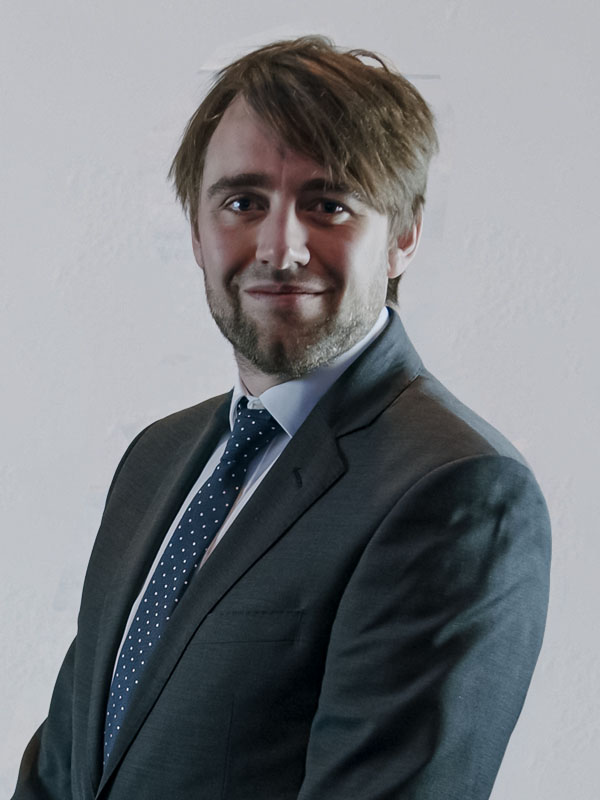Methods of revealing connections between genetics and imaging appearances
My Topol fellowship problem / project:
Cancer of the brain – the 9th commonest form in the UK – is a major cause of death and disability that remains stubbornly resistant to treatment. Despite intense research, survival has remained essentially unchanged over the past thirty years. Only one in twenty patients with glioblastoma – a common, fast- growing brain tumour – can expect to be alive five years after diagnosis, and often with severely impaired quality of life.
Other kinds of cancer have seen striking improvements in treatment outcomes over recent decades: why is the brain different? One possible answer is the unusual complexity of brain tumours. The disease mechanisms that cause the uncontrolled, disorganised cell division – the hallmark of all cancer – appear to be both many and diverse, and vary greatly from one patient to another. To understand this biological diversity we must first describe it in sufficient detail to render each individual distinct and recognisable. Such a rich description can be thought of as a characteristic “fingerprint” pattern unique to each individual yet enabling comparison with others. Machines able to make sense of complex patterns – such as the artificial intelligence systems now revolutionising the world – can then be deployed to the task of identifying the right treatment for the right patient, helping deliver care that is both personalised and founded on robust evidence.
Success will provide a framework that will enable better individual prediction of patient outcomes and a powerful means of illuminating disease mechanisms on which future treatment innovation depends.
About me
I am a clinical academic, dividing my time between University College London and its partner hospitals, the National Hospital for Neurology and Neurosurgery and Great Ormond Street Hospital for Children.
My primary role is as a Research Associate and part-time PhD student in the High-Dimensional Neurology Group at the UCL Queen Square Institute of Neurology, whose focus is on the development and application of complex models of the brain with rapidly deliverable translational objectives. I additionally work clinically as a Pan- London Neuroradiology Fellow at both the National Hospital for Neurology and Neurosurgery and Great Ormond Street Hospital for Children.
My prior clinical academic experience has been developed through both the Academic Foundation Programme and Academic Clinical Fellowship, as well as with separate degrees in neuroscience and data analytics/machine learning. I have worked with multiple hospitals and university institutions across a range of research studies that seek to better understand how the brain works in both health and disease. My efforts focus upon innovation in areas of unmet clinical need and my domain expertise covers computational neuroimaging, medical imaging, data analytics and machine learning.

